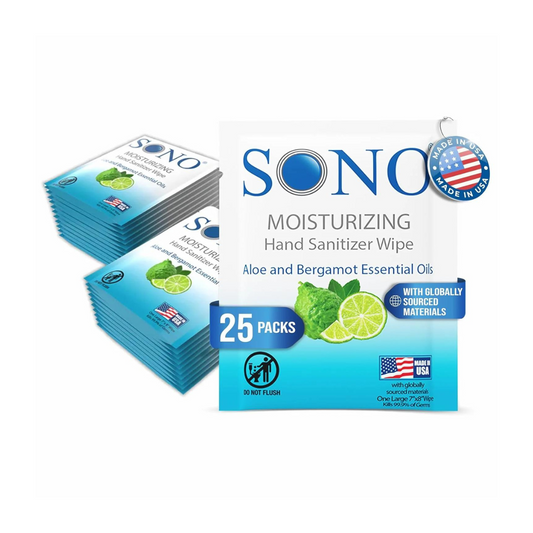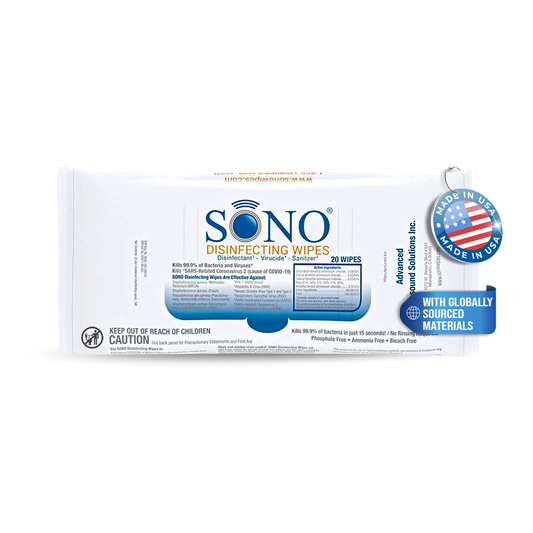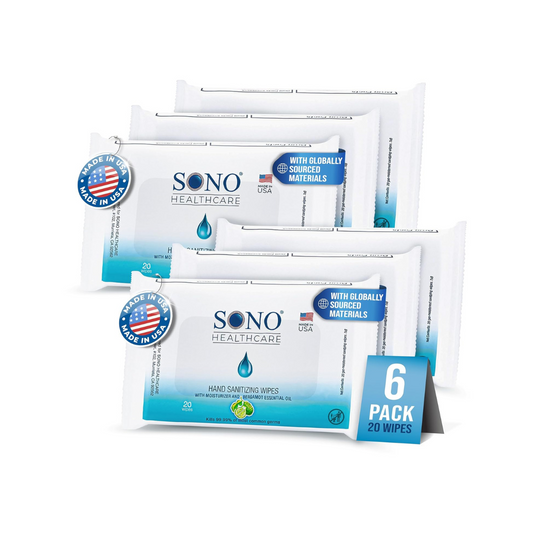Introduction:
In recent times, the use of disinfecting wipes has become more prevalent as people strive to maintain cleanliness and hygiene in their surroundings. But what exactly makes these wipes so effective in killing germs and keeping surfaces clean? In this article, we delve into the science behind disinfecting wipes, exploring their active ingredients, efficacy, proper usage, and storage.
Understanding Disinfecting Wipes:
Disinfecting wipes are designed to eliminate harmful pathogens such as bacteria and viruses from surfaces. They typically contain active ingredients such as quaternary ammonium compounds, hydrogen peroxide, or alcohol. These ingredients work by disrupting the cell membranes of microorganisms, ultimately leading to their destruction.
Active Ingredients and Their Mechanisms of Action:
Quaternary ammonium compounds, commonly referred to as "quats," are surfactants that disrupt the cell membranes of bacteria and viruses, leading to their inactivation. Hydrogen peroxide, on the other hand, works by producing free radicals that damage the DNA and proteins of microorganisms.
Contact Time and Surface Compatibility:
One critical factor in the effectiveness of disinfecting wipes is the contact time required for the active ingredients to work. Contact time refers to the duration for which the surface needs to remain wet with the disinfectant to ensure proper disinfection. It is essential to follow the manufacturer's instructions regarding contact time to achieve optimal results.
Moreover, the compatibility of disinfecting wipes with different surfaces is essential to prevent damage. Some wipes may be too harsh for delicate surfaces like marble or certain electronics. It is crucial to choose wipes specifically designed for the surfaces you intend to clean to avoid adverse effects.
Proper Usage and Application:
Proper usage of disinfecting wipes is key to their effectiveness. When using wipes, it is essential to cover the entire surface area thoroughly and ensure that it remains wet for the required contact time. Avoiding cross-contamination by using separate wipes for different surfaces is also crucial in preventing the spread of germs.
Storage and Preservation:
The proper storage of disinfecting wipes is vital for maintaining their effectiveness over time. Exposure to heat and sunlight can degrade the active ingredients, rendering the wipes less potent. Storing wipes in a cool, dry place and sealing the container tightly after each use can help preserve their efficacy.
Conclusion:
Understanding the science behind disinfecting wipes is essential for consumers to make informed decisions about their cleaning routines. By recognizing the active ingredients, their mechanisms of action, and proper usage guidelines, individuals can effectively combat germs and maintain a hygienic environment in their homes and workplaces.





